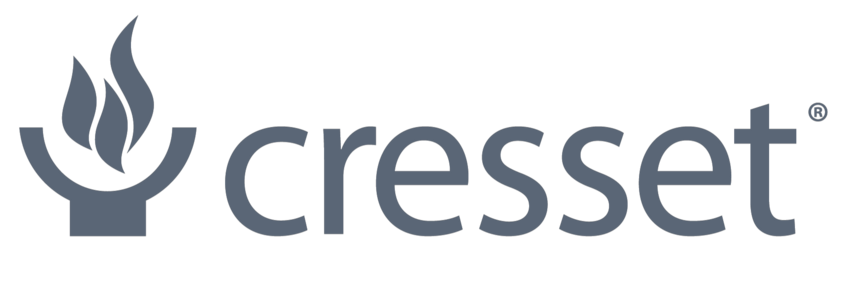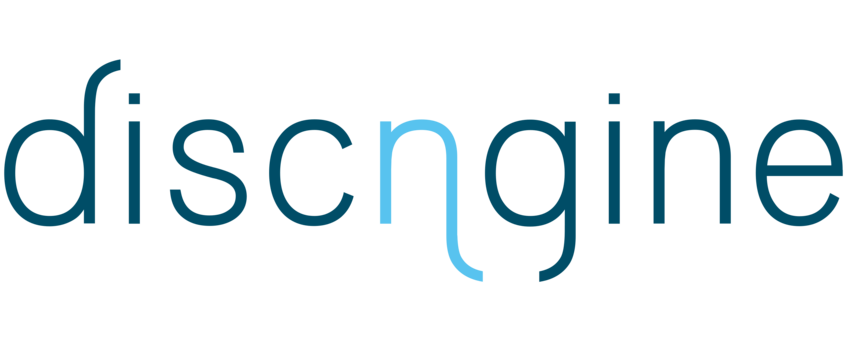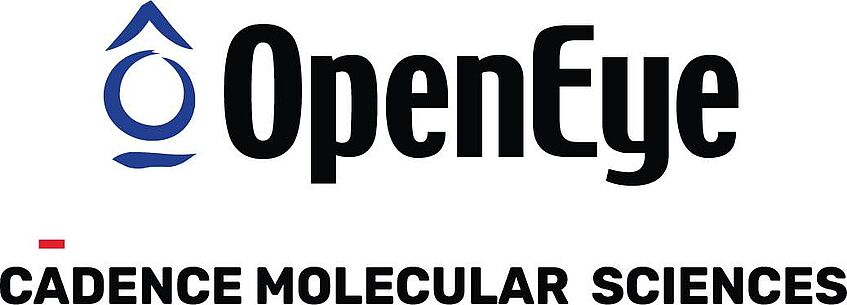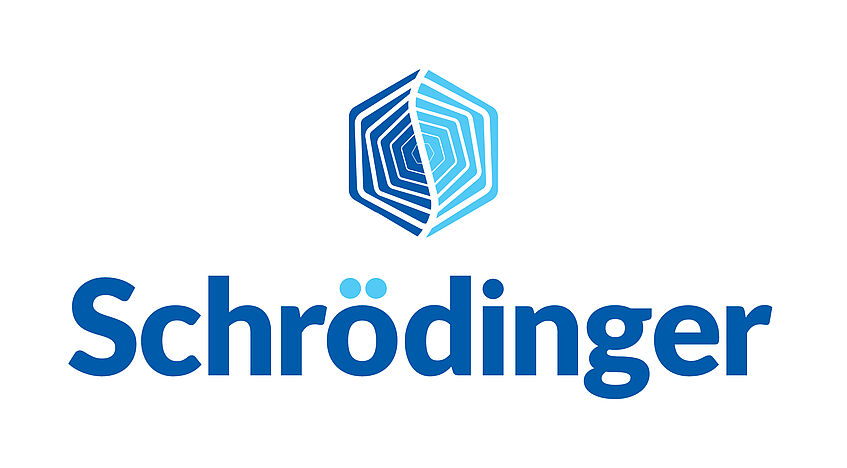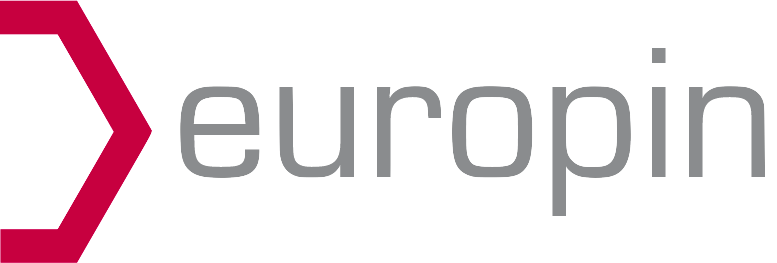EUROPIN Summer School on Drug Design – Vienna
September 10 – 15, 2023
Workshops
BioSolveIT
Interactive, Visual Ligand Design with SeeSAR — A free, hands-on workshop by BioSolveIT
BioSolveIT cordially invites you to a free workshop for beginners. In this "click-along" workshop, come and learn about interactive, visually informed ligand design. Assess a protein-ligand complex with respect to trustability, and generate Medicinal Chemistry SAR hypotheses. Dock and score molecules easily, and show your critical view on what is being computed. If time permits, we will embark into the field of fragment-based ligand design (FBLD), using linking/merging, growing, and rescaffolding strategies. All this shall be accomplished in a very playful manner using BioSolveIT's flagship design suite SeeSAR.
Cresset
Combining ligand and structure-based approaches to improve molecule design using Spark™ and Flare™
In this workshop, we will be using computational approaches to design novel inhibitors against a disease target, Tankyrase – a member of the PARP family of enzymes. Specifically, we will deploy SparkTM, Cresset’s bioisosteric replacement platform, and FlareTM, Cresset’s comprehensive computational chemistry platform for ligand and structure-based molecule design, in a combined computational drug discovery workflow to design new molecules capable of binding within the active site of Tankyrase and, therefore, represent novel PARP inhibitors.
Discngine
Discngine 3decision® is a web-based platform that supports the ideation process and cross-team collaboration within structure-based drug discovery projects.
Navigate efficiently through structural data and generate ligand design ideas
Navigating through the constantly growing number of protein structures is a challenging task. Structural data are scattered in different databases (RCSB, AlphaFold, proprietary), so it is getting more and more difficult to efficiently create relevant data sets. Moreover, limited access to all the available protein structures impairs the efficient generation of new design ideas for structure-based drug discovery projects. This is a critical step in the drug design process and requires thinking out of the box to create new starting points.
In this workshop, we will show you how to use 3decision to quickly gather all the structures of interest for your project and analyze their binding site. Also, we will show you how to use our software to collect ideas from available structural data and integrate them into your ligand design workflow. We will use the unique 3decision pocket similarity search feature to identify similar binding sites and retrieve the chemical matter that binds there. The relevant building blocks will be used to inspire new designs for your structure-based drug discovery project.
Participants at all levels are welcome to join. We offer a one-month free license on our cloud platform to further explore 3decision.
Inte:Ligand
LigandScout: Advanced Workflows for Molecular Design and Discovery
LigandScout is the most user-friendly, advanced design platform available for 3D-pharmacophore modeling and virtual screening. It seamlessly integrates our advanced pharmacophore and virtual screening (VS) technologies with molecular docking, dynamics, apo site and activity profiling tools to create an inspiring and productive experience. By providing excellent prediction quality with unprecedented speed, LigandScout successfully addresses challenges in early stage drug discovery.

KNIME®
KNIME® workshop (presented by University of Vienna)
KNIME® is a workflow tool that can be used to automatize data analysis tasks. It provides several possibilities to read, modify, analyze, visualize and report data. In this workshop, you will learn how KNIME® can be used for tasks involving small molecules. Specifically, you will learn how to read SDF files, calculate descriptors and fingerprints, perform a similarity search and visualize the results.
The course is intended for basic to advanced users of KNIME®. While you will be able to follow with no previous knowledge of KNIME, you will profit most if you are already familiar with the basics: https://www.knime.com/getting-started-guide.
OpenEye
Virtual Screening in a Parallel Universe
Structure- and Ligand-based virtual screening have been traditionally used as a complementary tool to high-throughput screening campaigns in the search for novel lead compounds. The availability of inexpensive high-performance computing platforms has transformed the process so that increasingly complex and more accurate methods can be utilized on extremely large data sets, containing billions of molecules. Here, we demonstrate the workflow of a molecule discovery process “in the cloud”, using OpenEye’s software cloud platform Orion®, which includes all OpenEye’s software, extensive tools for data visualization and collaboration, useful data sources as well as task-oriented workflows. We present ultra-fast virtual screening using in-house developed methodologies suitable to search on billions of molecules, both in 2D and 3D and across different chemical libraries. Subsequently, we show how to modify research protocols and analyze the results along the way to enhance the decision-making process and ultimately facilitate the lead generation and optimization.
Optibrium
Applying Deep Learning Imputation with Cerella™ to Guide Drug Discovery
In this workshop, we will explore the use of deep learning imputation [1,2,3] to guide important decisions in drug discovery. Using a series of hands-on examples, we will see how it can accelerate drug discovery projects by proactively highlighting valuable compounds by ‘filling’ in as-yet unmeasured data; revealing hidden opportunities caused by missing, inaccurate or uncertain experimental data; identifying the most valuable experimental data to measure next, enabling you to prioritise your resources; and screening virtual compounds using robust global models for compound properties and activities. The workshop will use our Cerella™ and StarDrop™ software and all participants will get a 1-month free trial license to use these following the workshop. For more information on StarDrop, please visit www.optibrium.com/stardrop and www.optibrium.com/cerella.
[1] Whitehead et al. J. Chem Inf. Model. (2019) 59(3) pp. 1197-1204 [2] Irwin et al. J. Chem. Inf. Model. (2020) 60(6), pp. 2848–2857 [3] Irwin et al. App. AI Lett. (2021) DOI: 10.22541/au.161111205.55340339/v1
Pharmacelera
Unlocking Chemical Diversity with Advanced 3D Ligand-Based Screening
Chemical diversity is a key aspect when screening virtual libraries of compounds. Hit identification must be accompanied by a scaffold diversity, exploring new chemical solutions that allow the identification of the right hit with drug-like properties while maintaining the same Mechanism of Action (MoA). Using different and accurate molecular descriptors is key to find novel chemical matter In this workshop we will compare the capabilities of our advanced 3D molecular field descriptors, derived from quantum mechanic calculations with respect classical 2D fingerprints. Our approach describes with high accuracy the factors that determine ligand / receptor interactions. To run this comparison we will use KNIME platform showcasing how PharmScreen – our 3D virtual screening tool – measures against similarity search workflows driven by 2D fingerprints.
ProBiS (CANCELLED)
ProBiS for drug development
The ProBiS tools offer a systematic and structured approach to drug development. By converting protein structures into mathematical graphs, ProBiS enables researchers to apply graph-based algorithms and techniques for in-depth exploration, analysis, and interpretation of protein structures.
In this workshop, you will gain hands-on experience with ProBiS algorithms, databases, and web servers, equipping you with the skills needed to explore, analyze, and interpret protein structures. By converting protein structures into mathematical graphs, ProBiS enables you to apply graph-based algorithms and techniques for in-depth exploration. During the workshop, you will discover how the ProBiS tools facilitate the comparison and analysis of protein structures. By aligning and comparing the graph representations of different proteins, you will uncover invaluable insights into their overall architectures, identifying both similarities and differences. Additionally, you will learn to pinpoint specific regions that exhibit structural variations, enabling you to identify conserved motifs, evolutionary relationships, and crucial structural elements that contribute to the protein's function and dynamics, including drug binding. The insights gained from this approach have far-reaching implications, impacting various fields including drug discovery, bioengineering, and molecular biology.
Schrödinger
Workshop 1: Structure-based drug design (SBDD): a deep dive into docking-based virtual screening
With the recent advances in experimental techniques (CryoEM) and in predictive tools (AlphaFold2) an ever-increasing number of protein structures are becoming available. These structures can then be used to rationally design new drugs using the so-called structure-based drug discovery (SBDD) approaches. Among them, molecular docking has been very popular and is playing an important role particularly in order to find new hits by performing virtual screening of large libraries. Yet, in order to be able to use this computational method efficiently a deep understanding of the data sources and quality as far as a thorough and critical analysis of the results is essential. In this workshop, you will learn how to use Schrödinger molecular modeling technology to properly analyze and prepare the target to efficiently perform molecular docking. Then, after performing a docking-based virtual screening you will analyze your results using various techniques including filtering, clustering and diversity-based selection.
Workshop 2: I do not have a structure, now what?
Many structure-based drug design (SBDD) methods, including free energy perturbation (FEP+), require accurate, atomic-level detail of the target protein in complex with a member of the ligand series being modeled to perform optimally. Experimental methods such as X-ray crystallography or cryo-electron microscopy (cryo-EM) can provide starting points for such predictions at or near an atomic level of resolution. However, the cost to experimentally obtain structures with new ligands ranges from trivial to extremely large. In this workshop, participants will learn how to properly analyze and prepare a target protein to subsequently be able to refine it using different induced-fit docking approaches, including IFD-MD. This method allows reducing time and costs, and expanding the domain of applicability of SBDD. It is an integral workflow that can predict the accurate structure of the desired ligand series starting from a structure of the target protein with a very different ligand in the binding site or even starting from a structure of a highly homologous protein, or an apo structure.
Instructions for Workshops
There will be a separate registration for participation in workshops. These take place either in the lecture hall, or in our seminar and computer rooms.
- Due to the limited number of computers in the computer room and limited space in the seminar room, the number of participants is limited to a maximum of 25 registrations - first come, first served
- The lecture hall, on the other hand, offers enough space for an unlimited number of participants, although you must bring your own laptop to participate
- Depending on the workshop organizer, example data and licenses are provided
Contact us
If you have any questions regarding the EUROPIN Summer School on Drug Design, please don’t hesitate to contact us.
EUROPIN – a structured, highly interconnected training through research PhD program on the efficient and innovative use of information technologies and computational approaches in the drug discovery, design and development processes.
Organised by
Pharmacoinformatics Research Group
Following a holistic pharmacoinformatic approach we combine structural modeling of proteins, structure-based drug design, chemometric and in silico chemogenomic methods, statistical modeling and machine learning approaches to develop predictive computational systems for transporters and ion channels.
The validation and optimisation of the obtained in silico models by strong links to experimental groups is an integral part of these activities.



